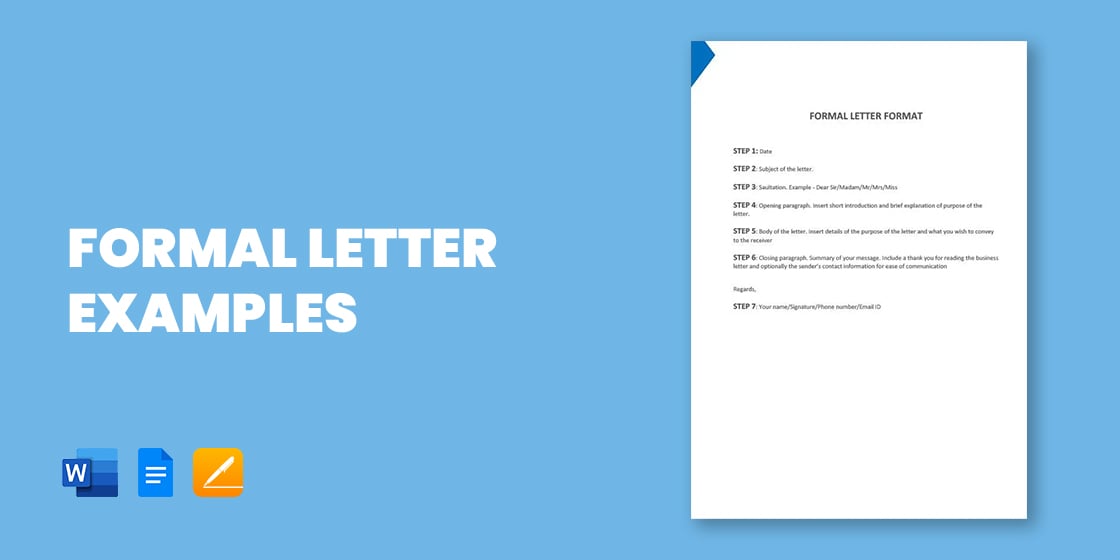
In dealing with professional entities, organizations, or individuals, we must make sure that we are employing the proper method of communicating with them. One of the most acceptable method of professional communication is the sending of a formal letter. Formal letters can be used by business owners, business partners, managers, employees, professors, and even students. You may also see more types of formal letter templates from our official website template.net. You may also see more different types of formal letters in Word from our official website template.net.

Whatever the reason for the creation of a formal letter, one needs to refer to a proper template. On this page, we are providing you with a varied collection of Formal Letters, which you may download easily. Scroll down below and start downloading our templates now!
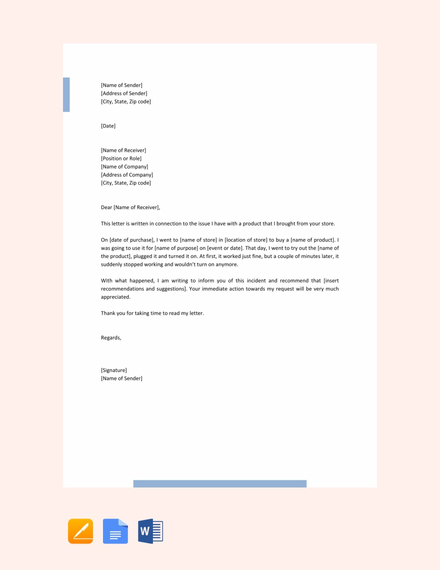
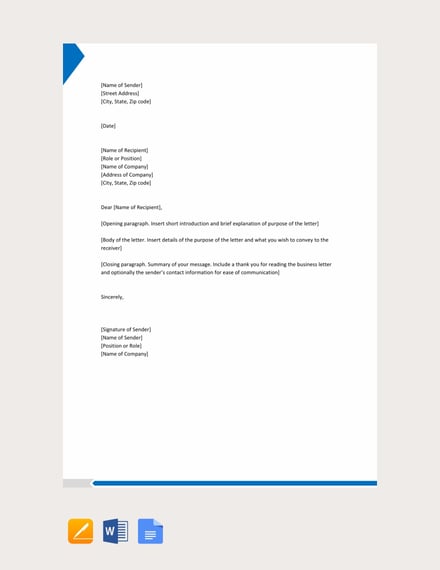
Formal letter format templates provide a foundational structure for drafting professional correspondence, ensuring clarity, politeness, and adherence to standard conventions for various purposes, from business inquiries to official requests.
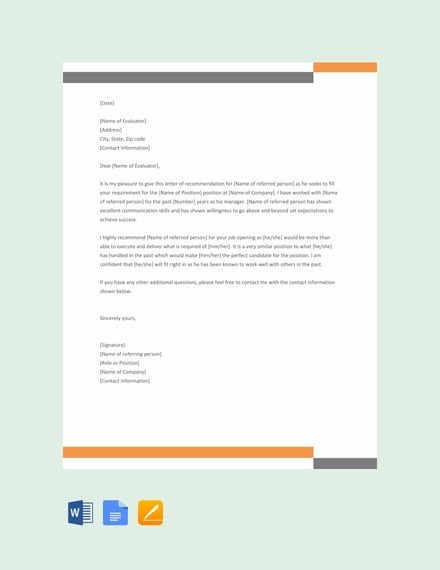
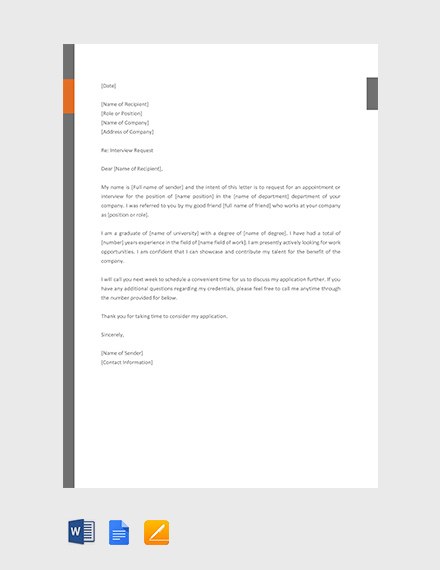
A formal request letter template facilitates the drafting of polite and clear requests for information, assistance, or specific actions, structured to convey respect and ensure a positive response from the recipient.
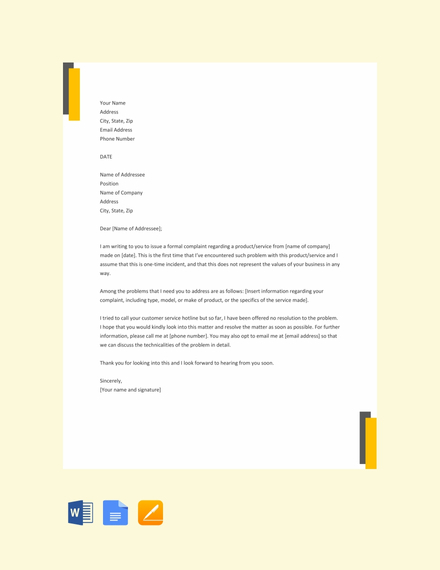
A formal complaint letter template aids in articulating grievances in a professional manner, ensuring the complaint is clearly stated, justified, and presented with a call to action for resolution.
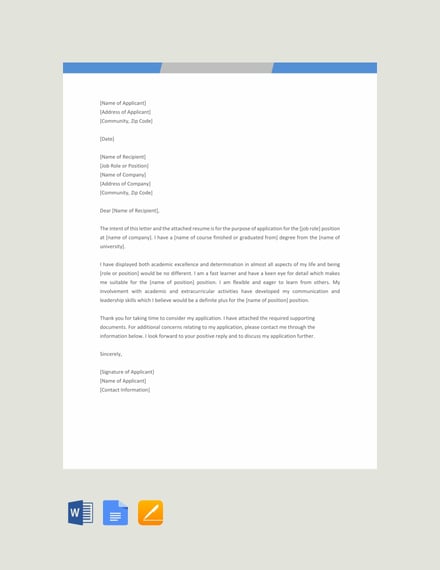
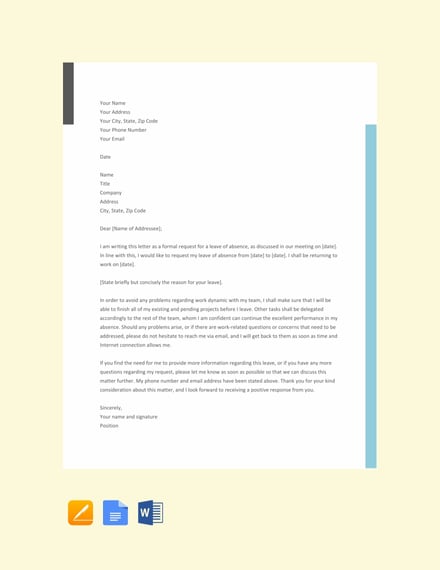
A formal leave letter template assists in requesting time off from work or school in a professional manner, detailing the reason for the leave and the expected duration clearly and respectfully.
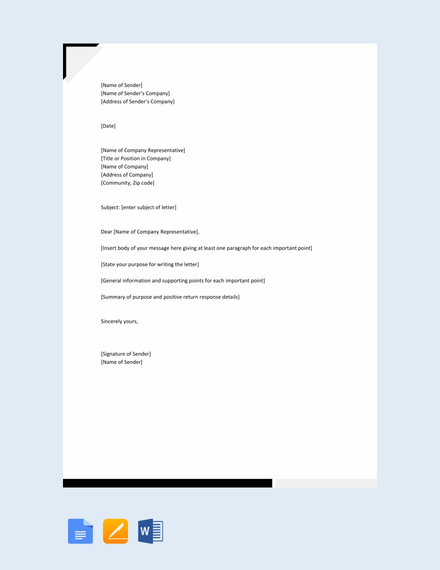
A formal business letter template provides the structure for professional and clear communication between companies, covering a range of purposes from inquiries to proposals, ensuring appropriate tone and format.
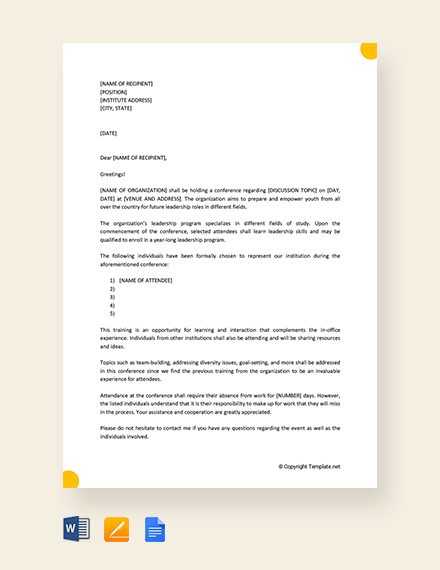
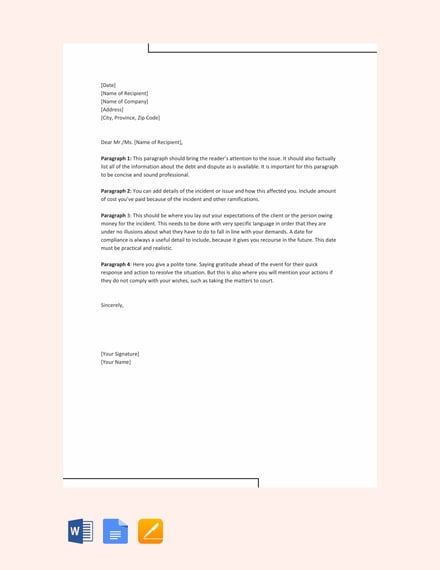
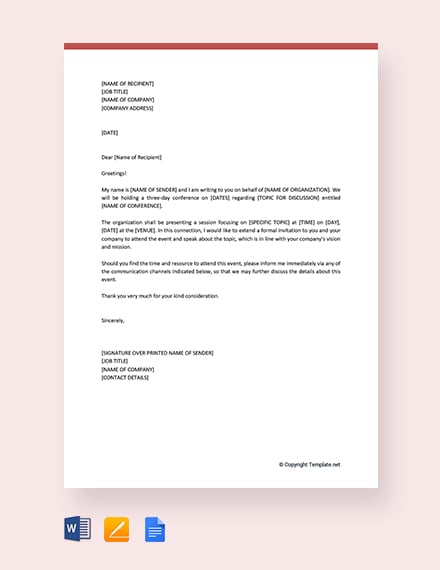
A formal invitation letter template outlines a structured approach to extend an invitation for events or meetings, ensuring clarity in details, warmth in tone, and a respectful request for attendance.
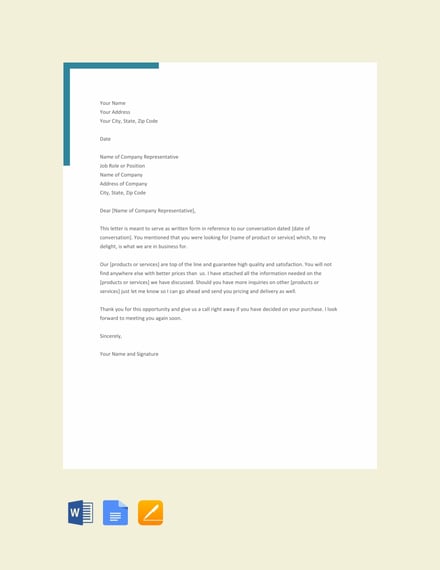
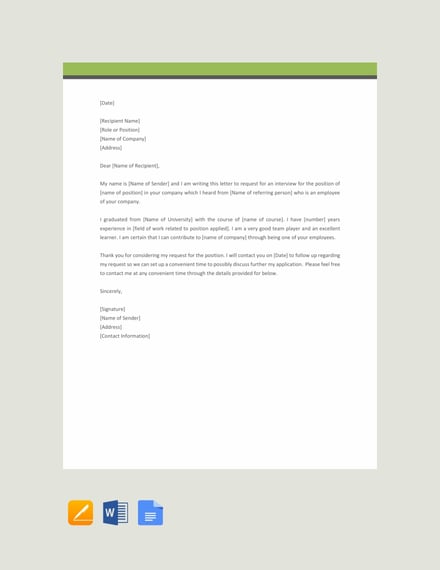
A formal interview request letter template offers a structured way to invite candidates for interviews, detailing the position, interview format, and proposed timings, while conveying respect and professionalism.
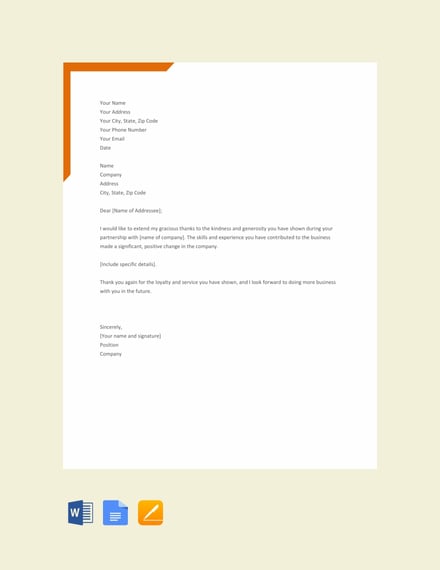
A formal thank you letter template helps express gratitude in a professional manner, outlining appreciation for support, collaboration, or any specific gesture, reinforcing positive relationships and goodwill.
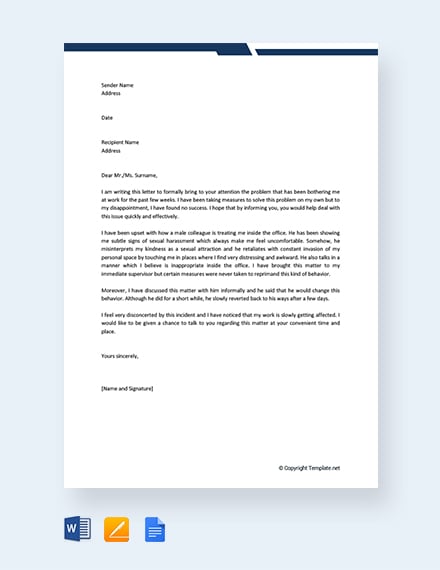

northeastern.edu
File FormatA formal job resignation letter template enables a dignified exit from a position, specifying the reason for leaving, notice period, and a word of thanks for the opportunities provided.
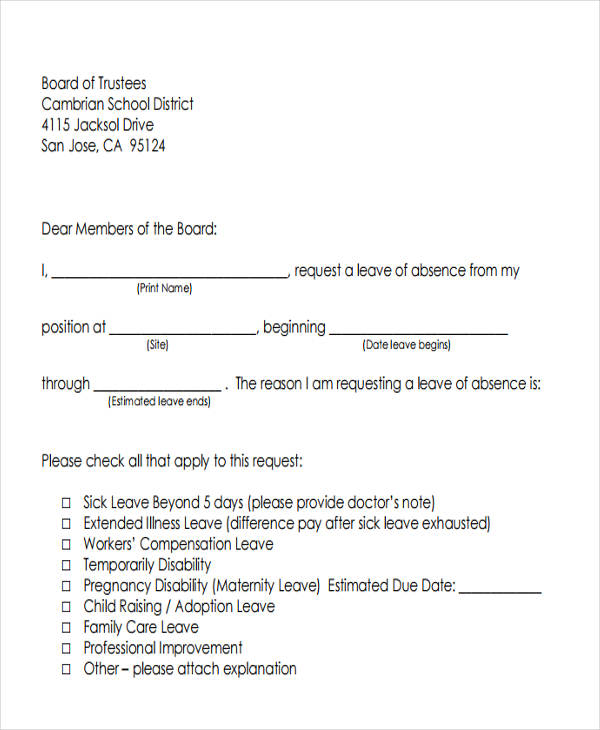
opm.gov
File Format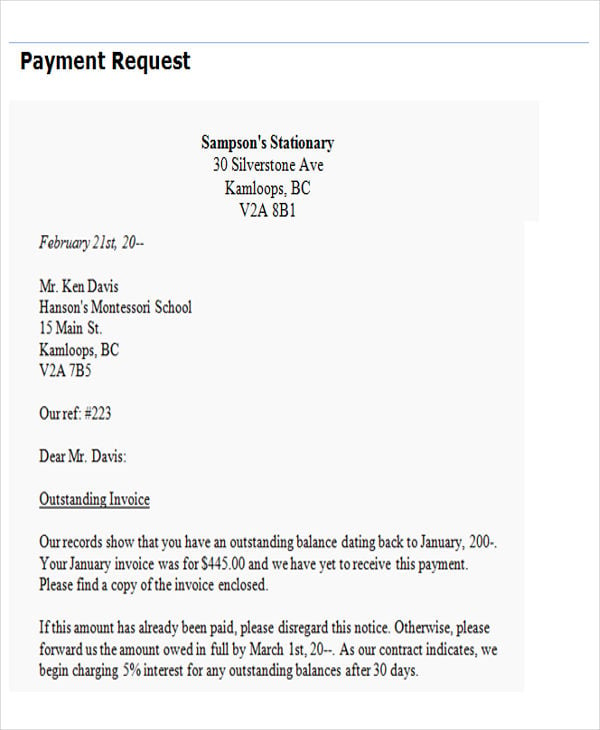
vsekonomist.pbworks.com
File Format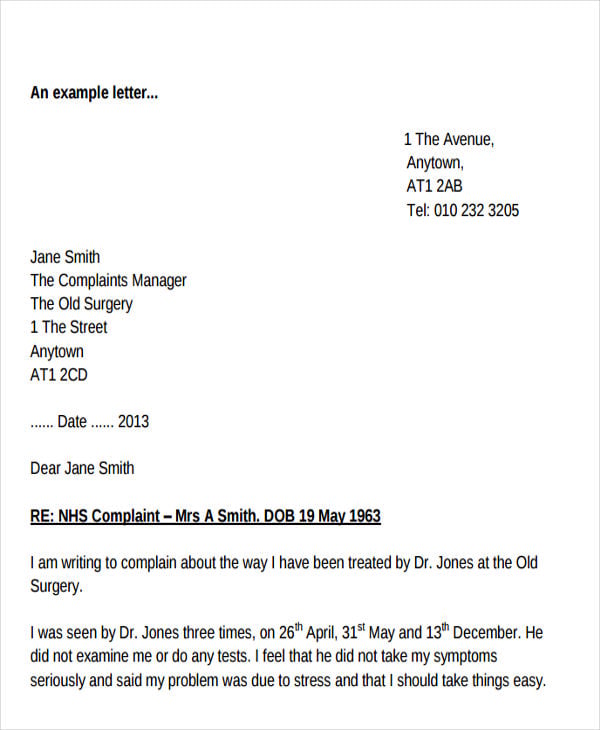
bestlife.org.uk
File FormatFormal employee complaint letter templates offer a clear structure for voicing workplace grievances, ensuring issues are communicated effectively, professionally, and with a pathway towards resolution and improvement.
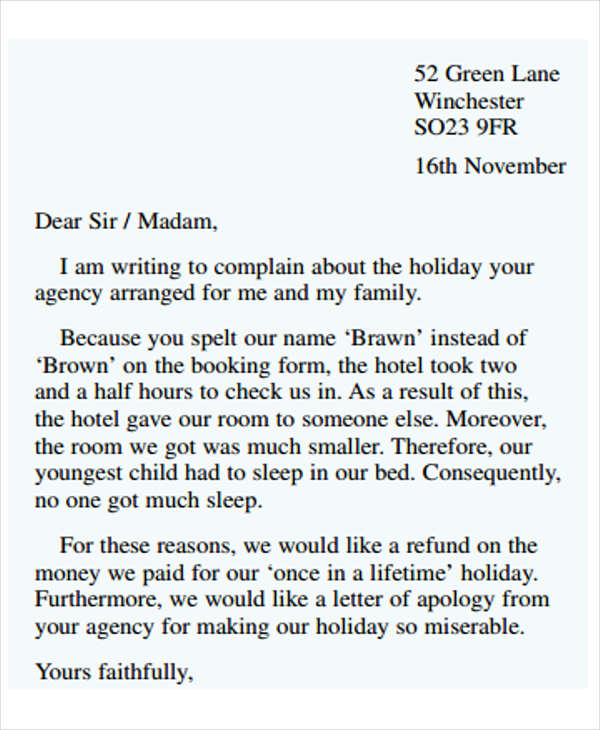
macmillaninspiration.com
File Format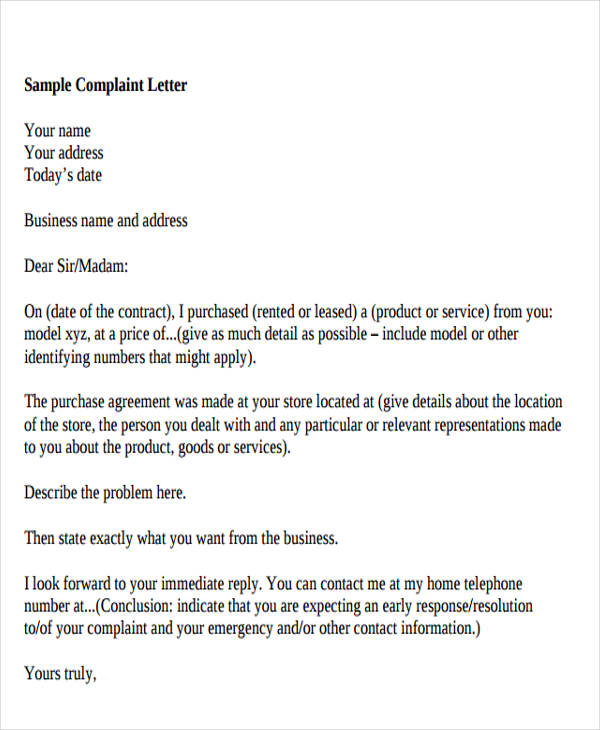
sse.gov.on.ca
File Format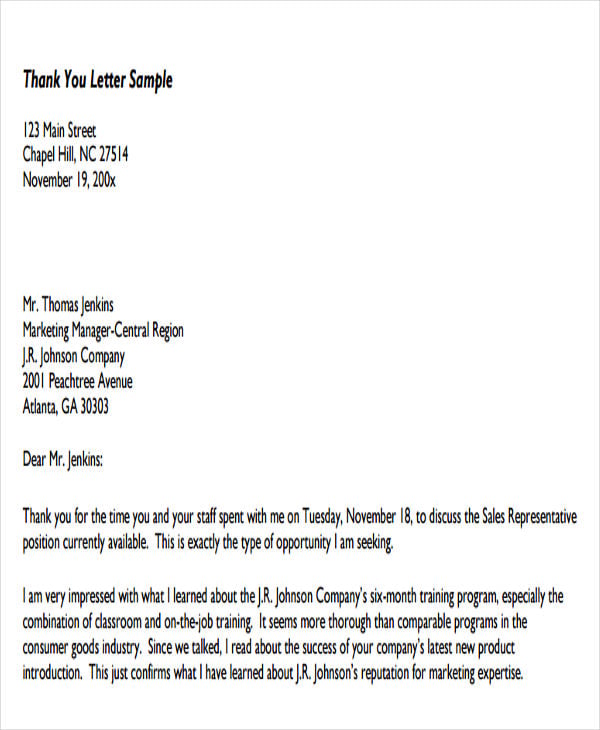
careers.unc.edu
File Format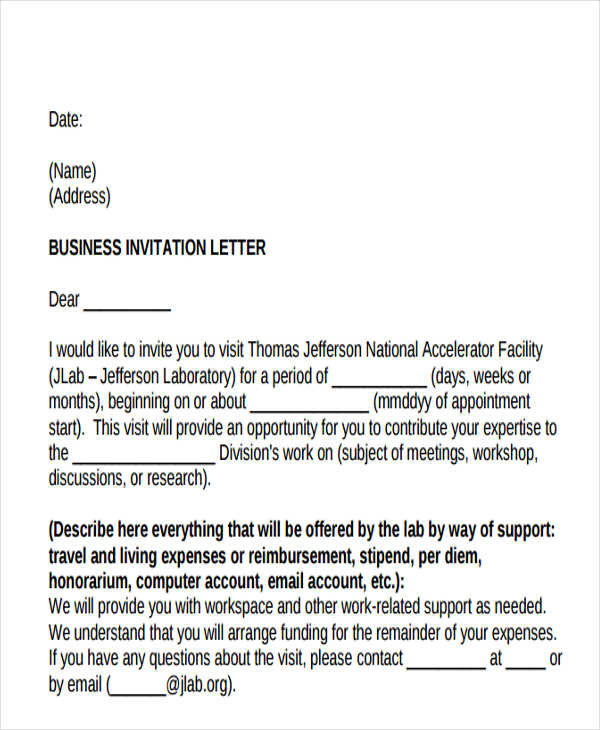
jlab.org
File FormatA formal business invitation letter template streamlines the process of inviting individuals or organizations to corporate events, emphasizing details, purpose, and the significance of their presence in a respectful tone.
A formal letter is a letter which is written with a formal purpose. There is a general misunderstanding that formal letters are equivalent or synonymous to business letters. For the sake of clarification, all business letters are formal letters but not all formal letters are business letters.
Formal letters are written for various reasons, depending on the contextual factors which serve as an impetus for its creation. For example, in the corporate world, a chief executive officer might be able to communicate with his/her subordinates by sending a notification letter, an employee disciplinary notification letter, or an employee termination letter. On the opposite end of the spectrum, employees are also able to convey their concerns through employee formal letters such as job formal resignation letter, job promotion letter, etc.
Not only are formal letters used in the business arena but also in other formal settings such as in educational institutions and in other types of organizations. Even government agencies churn out formal letters on a regular basis. The various types of formal letters would be discussed below. Find more Letter Format Templates by visiting this link.
For more information about the various purposes of formal letters, check out our collection of letter templates in PDF. Simply click on the link provided. You may also see more on Blank Letter templates.
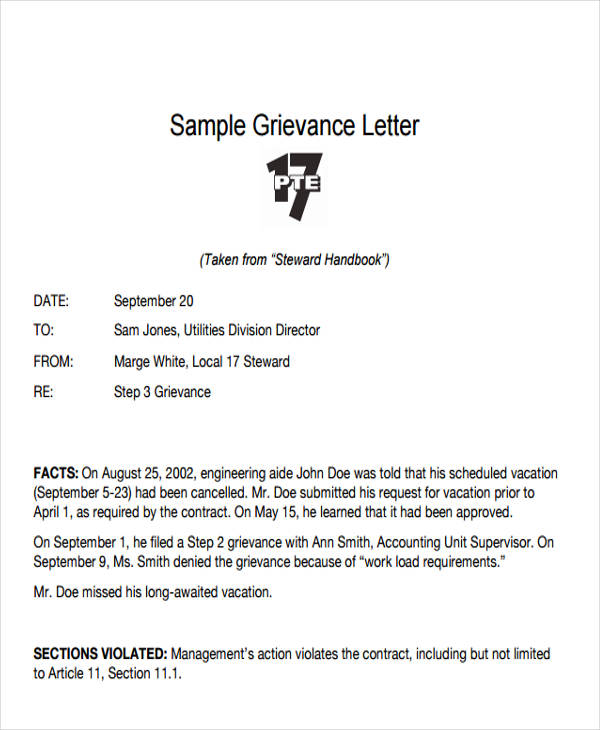
pte17.org
File Format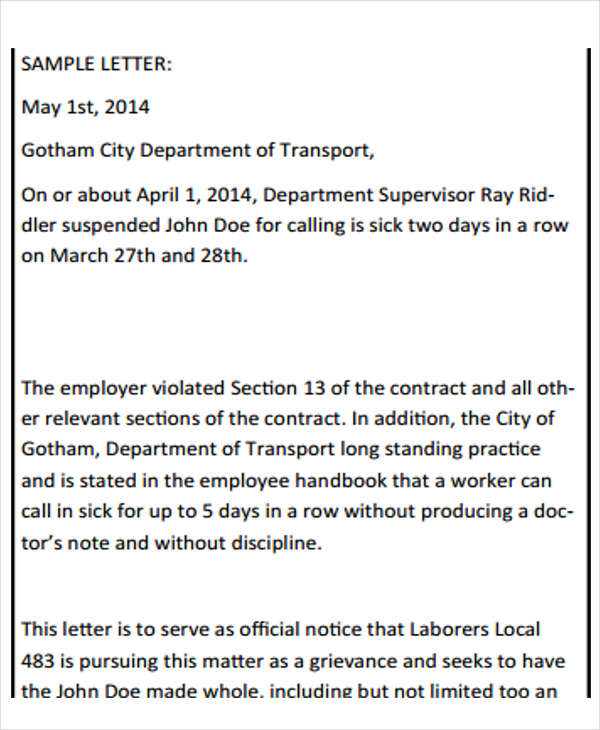
netsolhost.com
File Format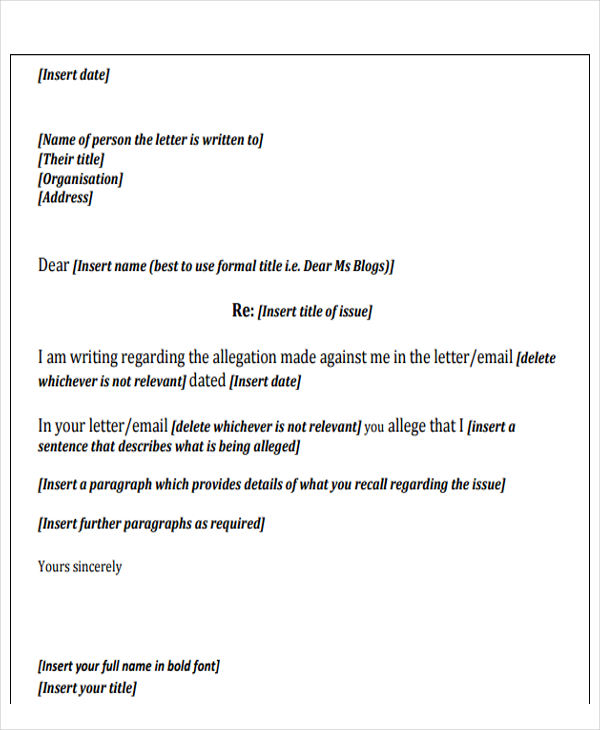
anmftas.org.au
File Format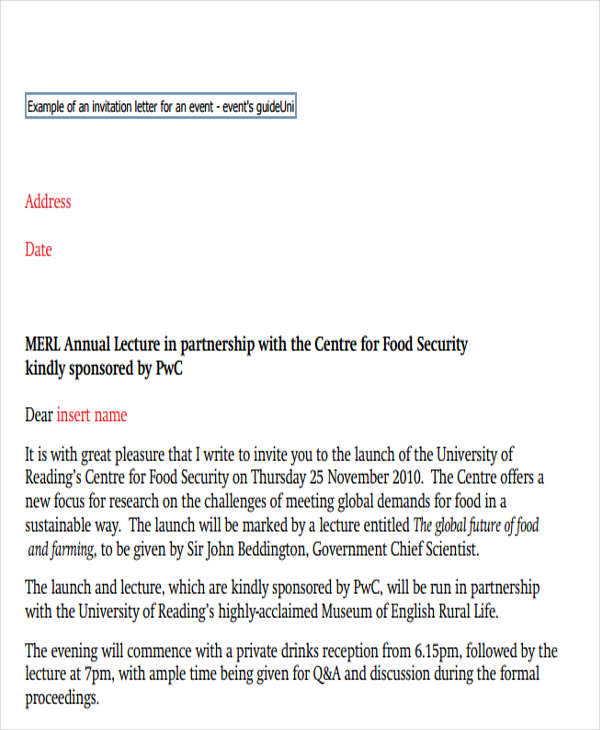
reading.ac.uk
File Format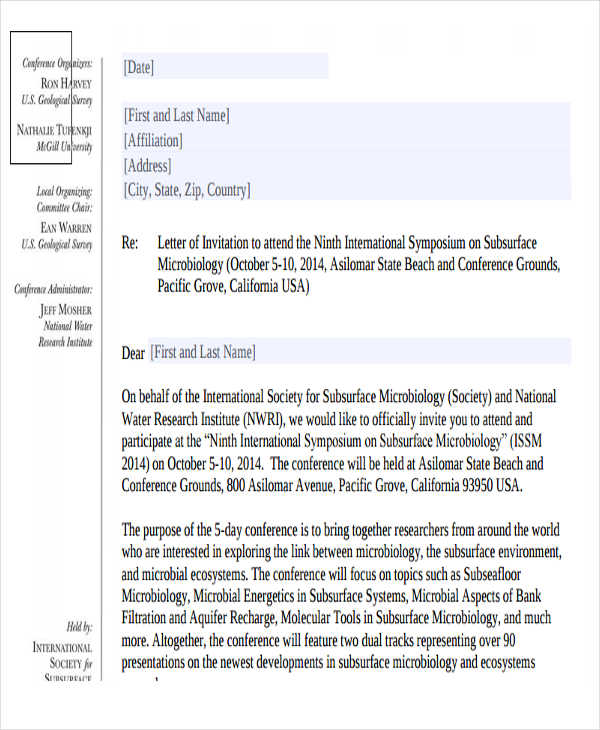
2014issm.com
File Format
eqar.eu
File Format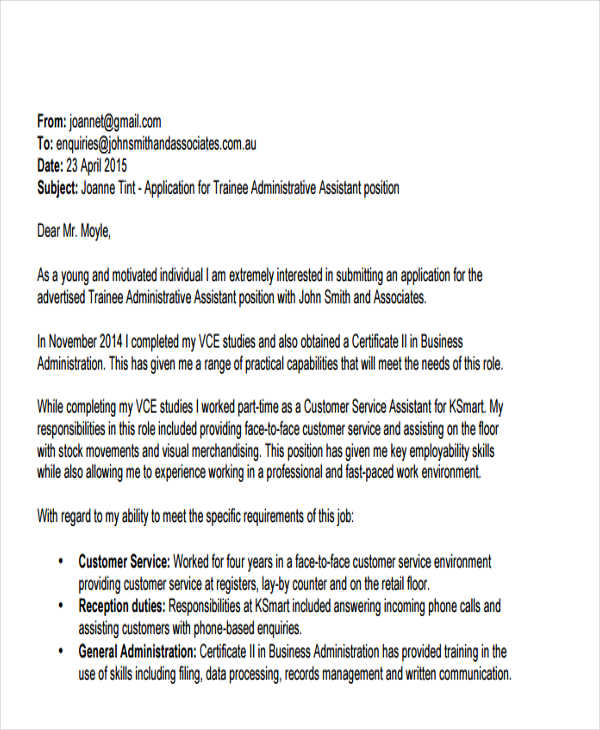
youthcentral.vic.gov.au
File Format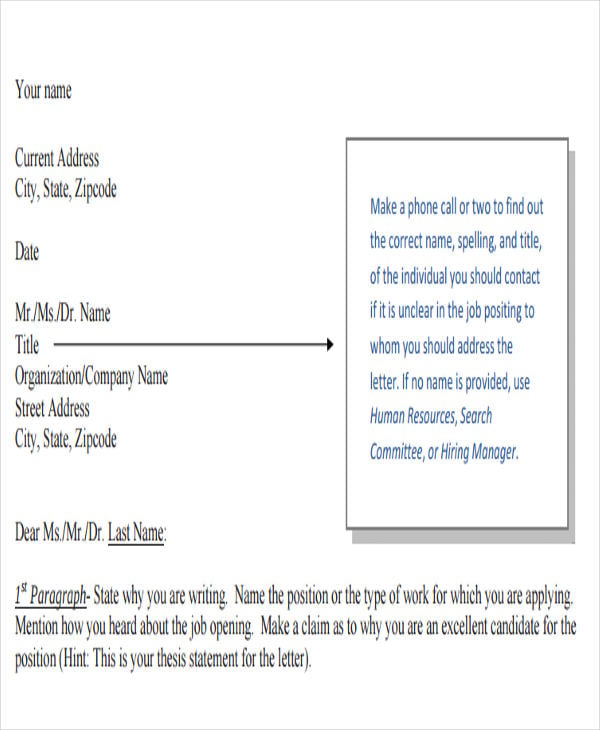
mtholyoke.edu
File Format
nsarchive.gwu.edu
File Format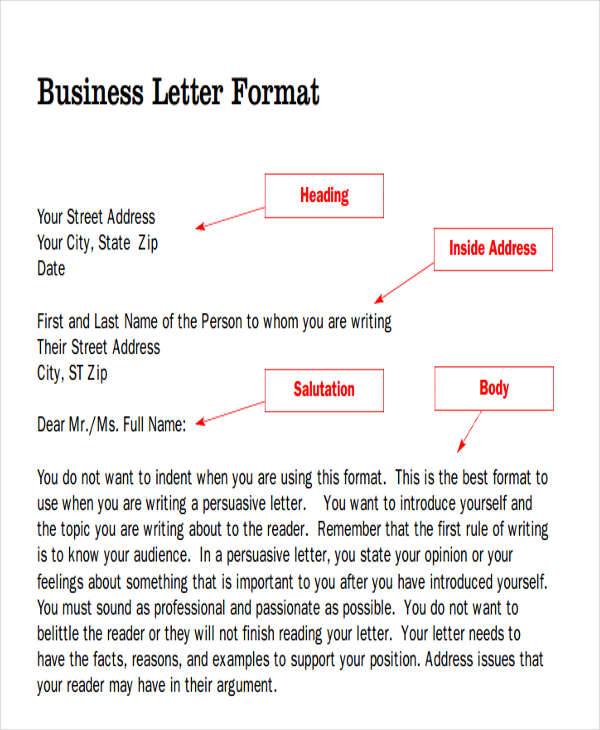
lexpublib.org
File Format
careers.qut.edu.au
File Format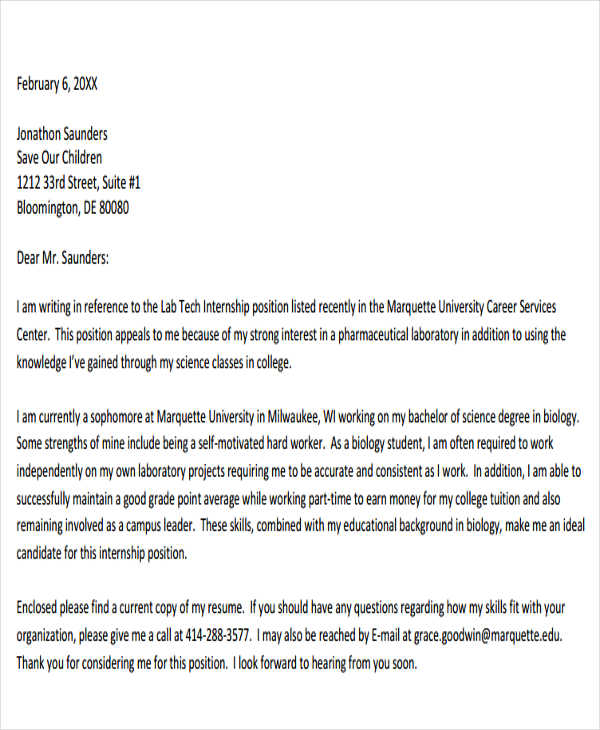
marquette.edu
File Format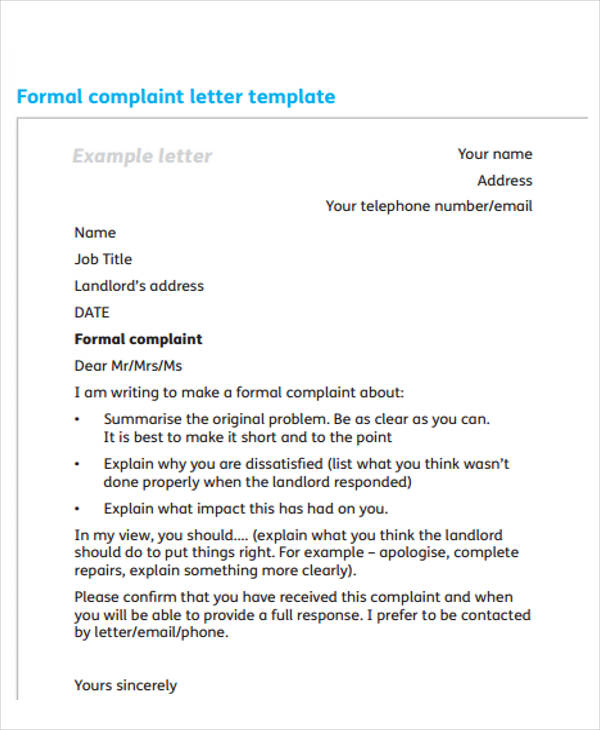
ombudsman.org.uk
File Format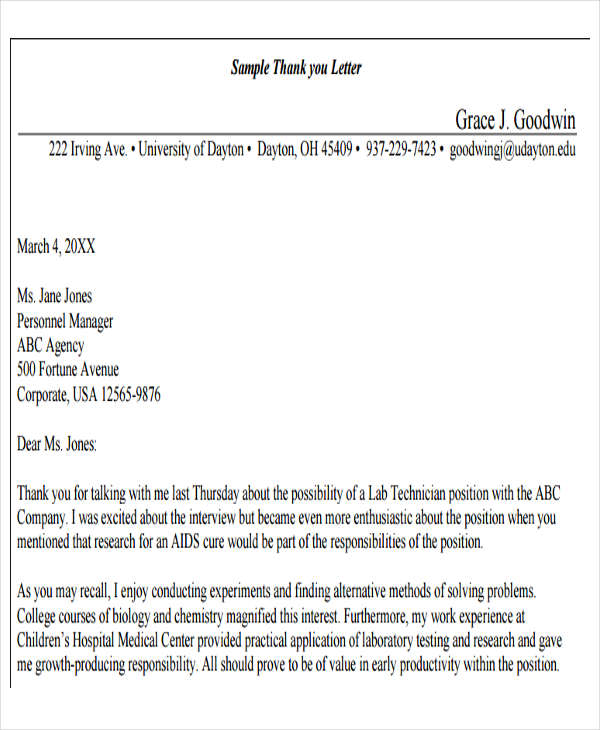
udayton.edu
File Format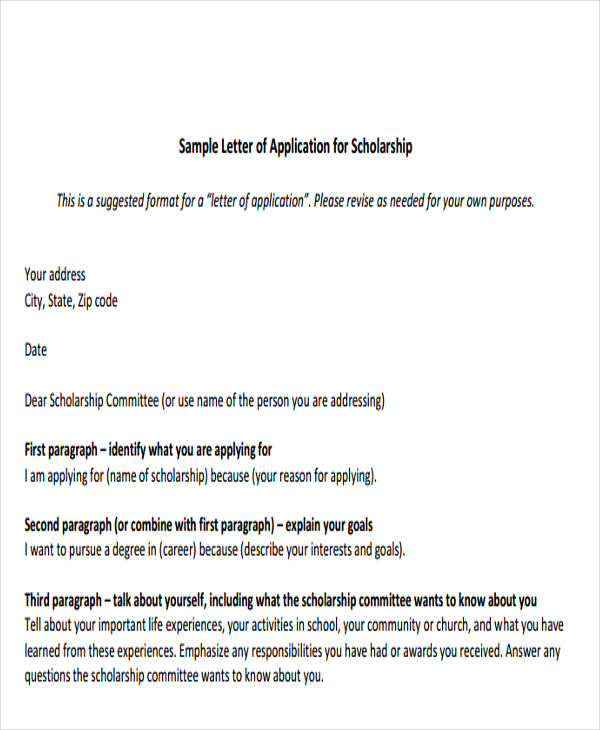
graceland.edu
File Format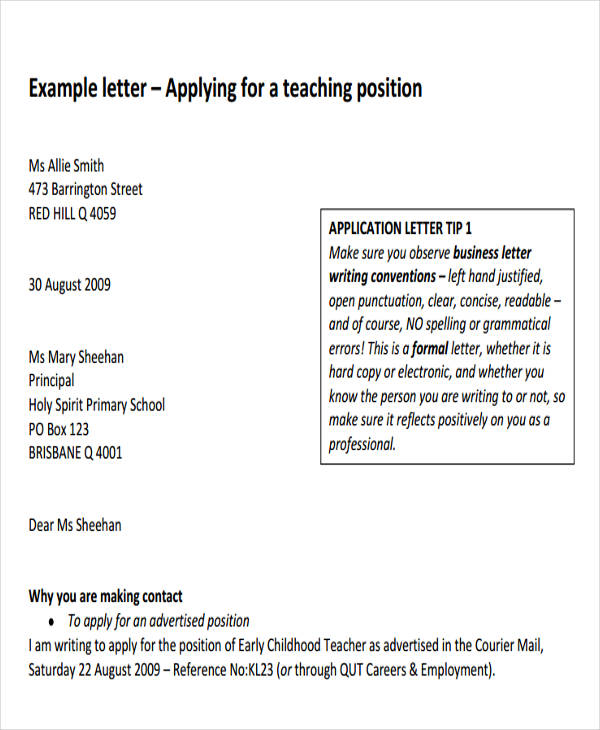
careers.qut.edu.au
File FormatA formal letter of application for a teaching job meticulously presents one’s qualifications, teaching philosophy, and enthusiasm for the role, aiming to establish a strong connection with the educational institution.
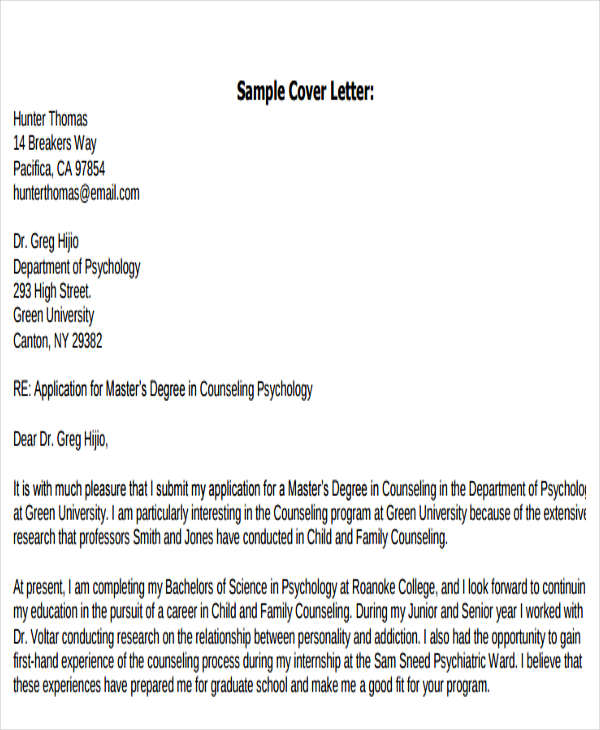
roanoke.edu
File Format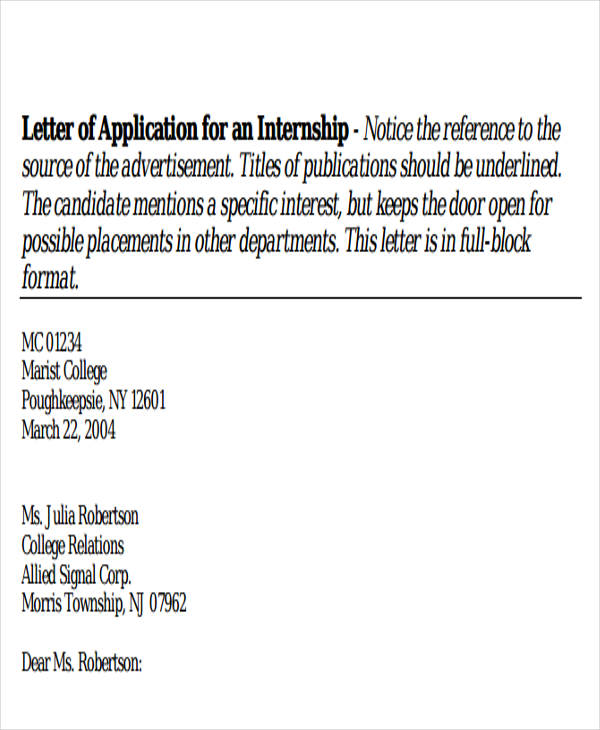
marist.edu
File FormatWriting a formal letter outline is easy if one has a template to base it from. The following are some guidelines which can provide you with the basics of writing formal letters.
Formal letters follow a standard format. You must always start it by writing the date when the blank letter is to be sent. If you are writing the letter days before you plan on sending it, make sure that the date which you would indicate on you letter is the day when you actually send it. That way, your recipient would not be confused as to the urgency of your letter and the level of concern which he/she should give to its contents. Sometimes, when a letter’s date indicates that it has been written several weeks ago, the recipient might assume that the reason for your letter is no longer existing or necessary and thus decide to not respond to it. You can also discover a greater variety of formal letters in Pages on our official website, template.net.
After the letterhead and the date, you leave two spaces then start writing your information which should include your name, your title if you are writing a professional letter, and your address. Below the block for your personal information, leave one space. Then, you can start writing another block which should be dedicated to the basic information of your recipient. On this said block, write the name of your recipient first, then his/her address, and job position.
It is crucial that you research ahead of time the full name of the person you are addressing your letter to. Whenever you address your Basic letter recipient using their complete name, it is more likely that he/she will view this as a sign of your motivation to be taken seriously and in turn, your recipient would be more invested in you letter’s content.
After the letterhead Format, leave two spaces then write the formal salutation. In this part, address your recipient formally by using formal addresses such as, “Dear Ms./Mr./Mrs” or “Dear (insert their professional title)” After that, write your recipient’s surname if the purpose of your letter is extremely formal such as when you are applying for a job or a job promotion. You may also check out Warning Letter Templates by clicking here.
However, when you are simply asking someone whom you know intimately such as a best friend or a previous college professor, then you may address him/her on a first-name basis. Of course, the decision whether or not to address your recipient by his/her surname or first name should depend on all the contextual factors of the situation which is why you must be careful in making this decision. Browse through more Academic Letter Templates here.
Begin your letter with a short greeting. No matter how formal the letter is, never forget to add a hint of warmth for after all, your recipient is human too and he/she may be having a bad day at the time he/she is reading your letter. A simple “Good day!” would suffice. You don’t need to overdo it since you are writing a letter with a formal purpose. After the greeting, start with a statement which clearly expresses the purpose of your letter. You may write, “I am writing this letter in order to…” You can take a look at these Appeal Letter templates provided here.
After stating the primary purpose of your letter, you may dedicate the next paragraph for the sole purpose of enlightening your recipient regarding any information which are necessary and directly related to your letter’s purpose. For example, if you are writing a cover letter, you may use this part to state your relevant qualifications, academic history, and skills.
After you have written all the necessary clarifications, you can then start another paragraph which would serve as your concluding paragraph. This paragraph must not be long. Two to three sentences would suffice. In this paragraph, you can express your availability should your recipient have any inquiries regarding your letter’s content. Also, you may provide your contact number here if you have not already provided it on your letterhead. When all the concluding concerns are addressed, end this paragraph by thanking your recipient for the time he/she has given to read your Creative letter and to consider your appeal or concern.
To formally close your letter, leave two spaces below your last paragraph. Then write a short and polite remark which ends your letter. Below such remark, leave enough space for your signature which should not exceed 4 spaces. Then below your signature, write your full name.
To know more about the proper formatting of formal letters, refer to our collection of cover letter formats which you can access by clicking on the link provided.
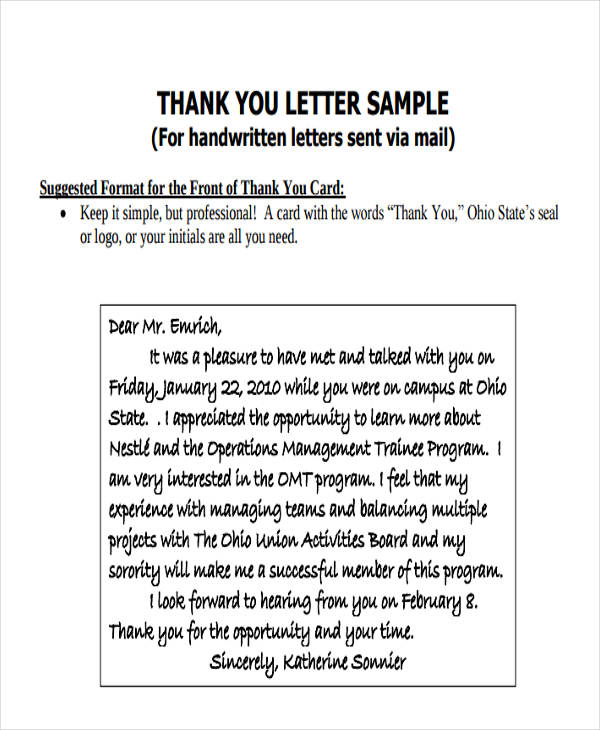
osu.edu
File Format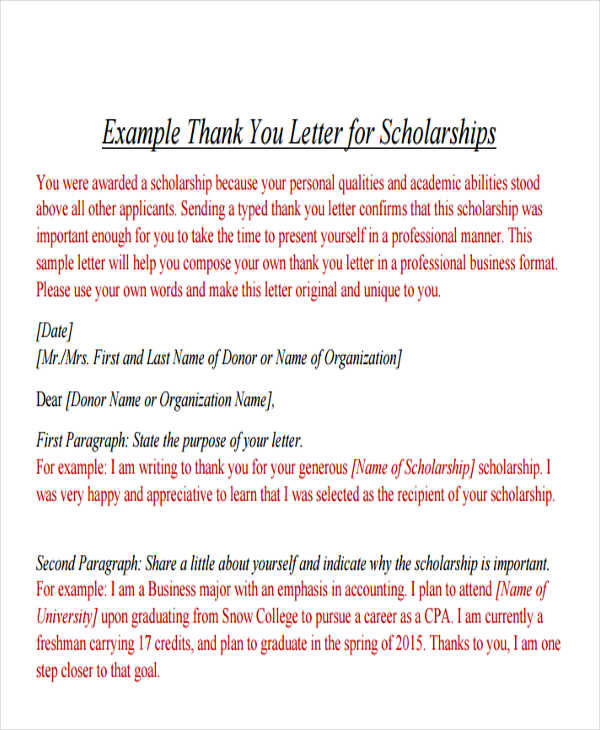
snow.edu
File Format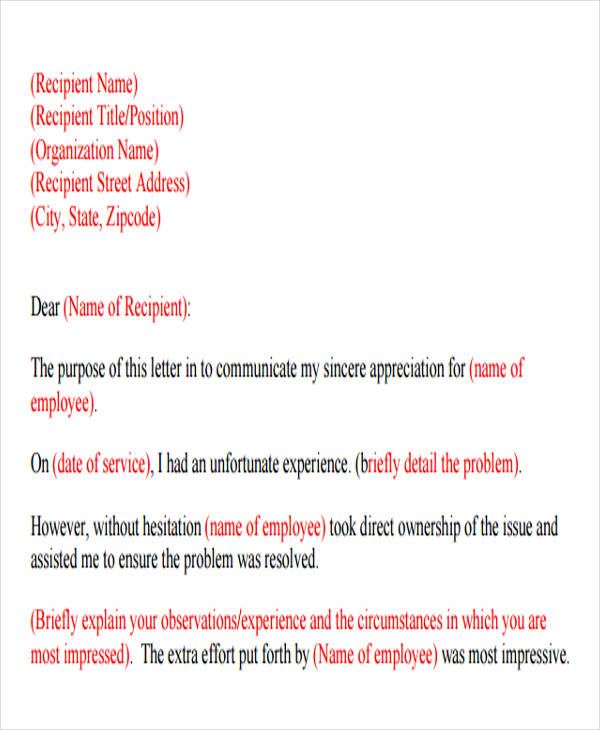
eltarea.ru
File FormatFormal apology letter templates guide in crafting sincere apologies for mistakes made, ensuring the message is clear, the regret genuine, and the commitment to rectify the situation and prevent future occurrences strong.
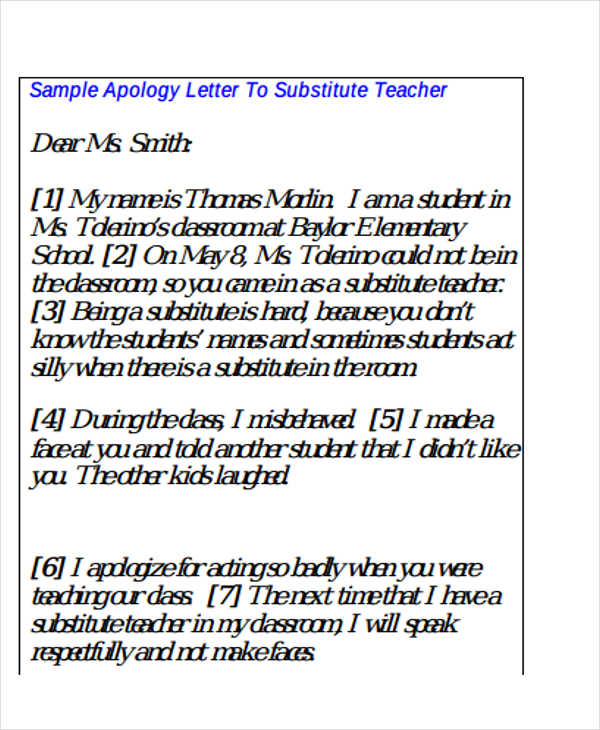
interventioncentral.org
File Format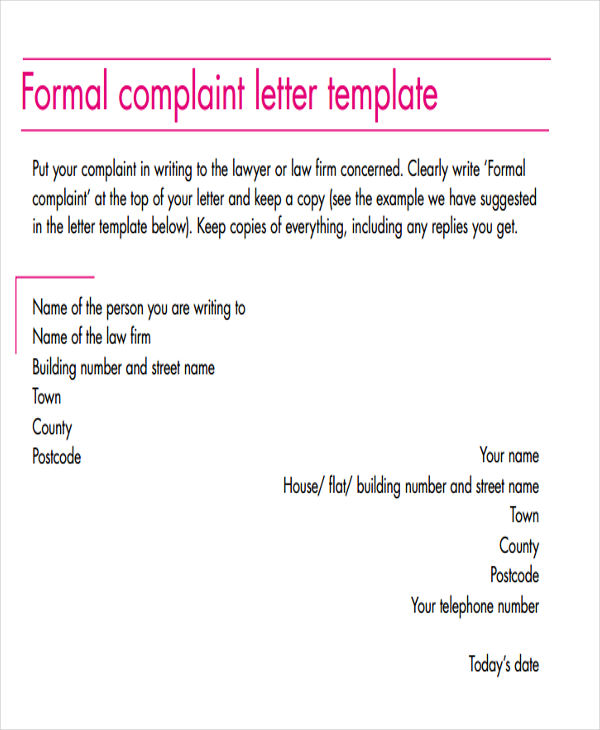
legalombudsman.org.uk
File Format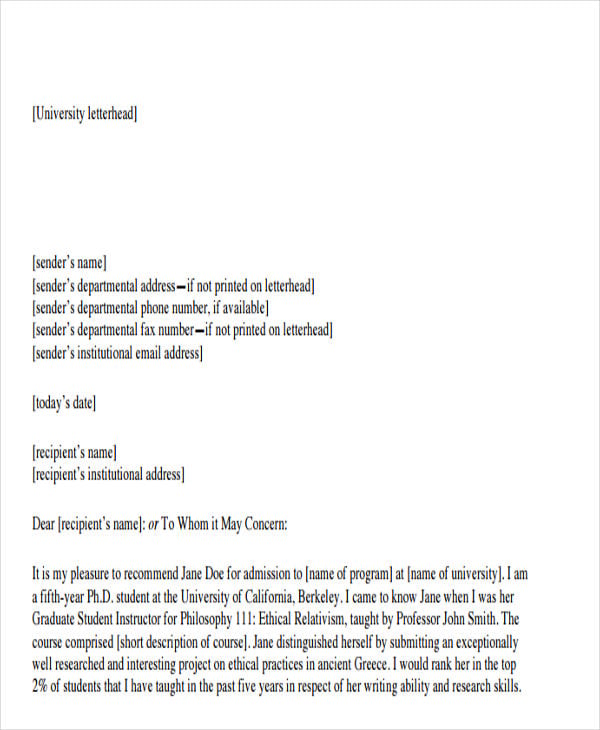
berkeley.edu
File FormatA formal letter of recommendation for college eloquently articulates a student’s strengths, achievements, and potential, providing critical insight to admissions committees from a trusted and authoritative perspective.
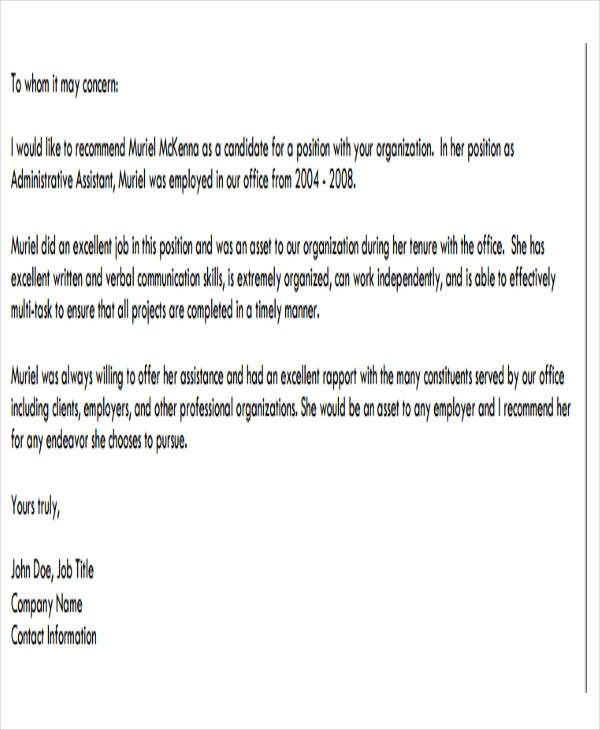
pace.edu
File FormatFormal letters can vary in content but not so much in form. The following are examples of the most commonly written formal letter.
One of the most effective way of getting hired despite the stiff competition in the corporate arena is to submit a cover letter together with one’s resume and other credentials. A cover letter aims to illuminate the hiring manager’s opinion regarding the qualifications of the job applicant. In this letter, only the most salient qualifications and skills must be mentioned. It would also help to inculcate a more personal yet still formal tone in addressing the hiring manager. Access additional Complaint Letter Templates via this link.
There are moments when we just want to express our gratitude to another person and one of the best ways to do so is by sending him/her a warm thank-you letter. It could be as simple as expressing gratitude for a friend who helped you move out, as personal and intimate as thanking someone for joining you on your big day, or even as heartfelt as thanking a colleague who’s about to retire for their years of service to company. Looking for more insights? Dive into our blog post about thank you letter to employee templates.